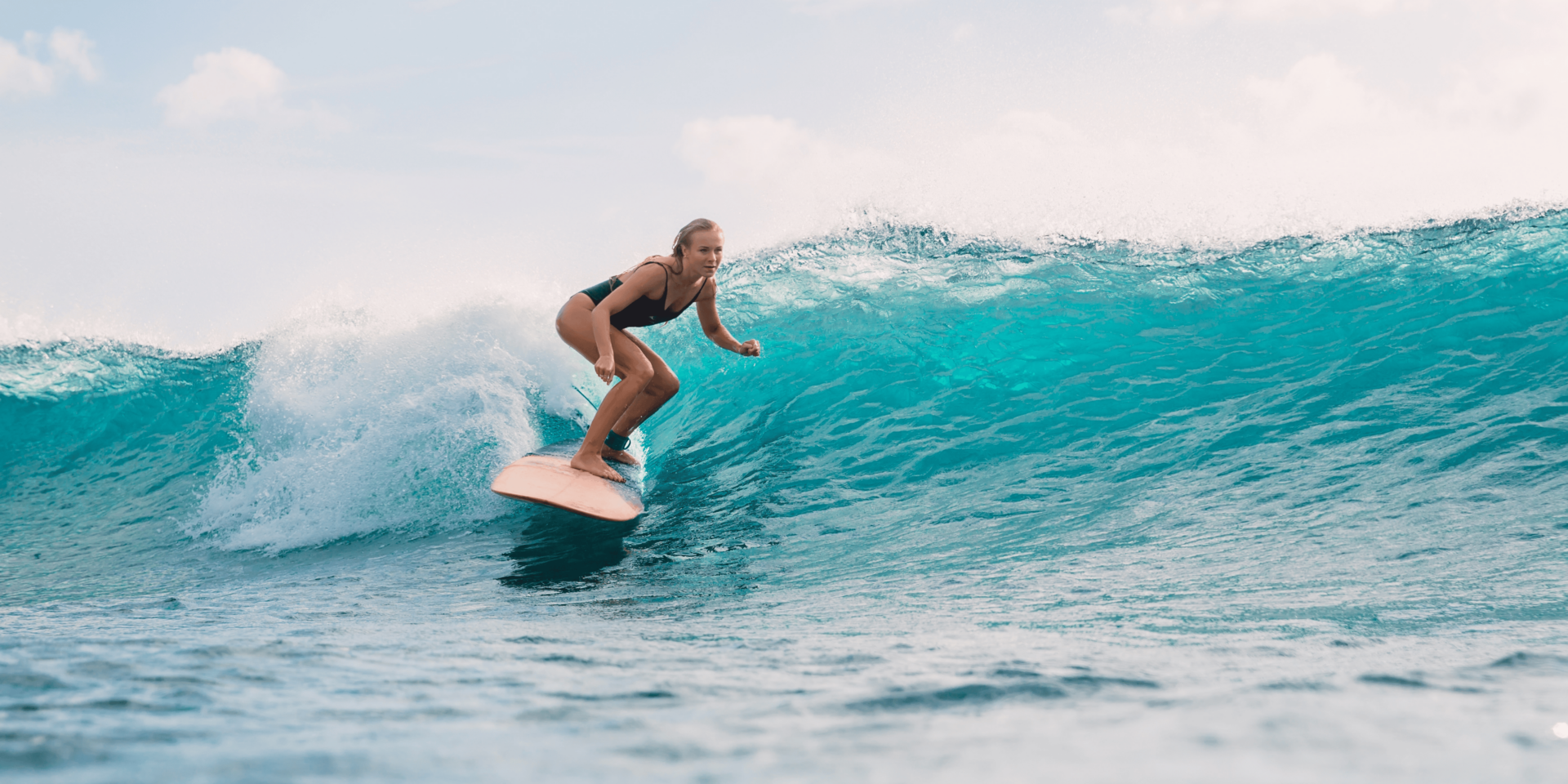
Reading the Lineup: How Surf Shapes Social Code
In surf culture, the lineup is more than a waiting area for waves—it’s a space where unspoken rules guide behavior, build trust, and shape how people interact.
The Surf Lineup Operates on Unwritten Rules
The lineup teaches surfers how to behave without formal instruction. From the moment someone paddles out, they enter a social system shaped by observation, timing, and respect. These rules aren’t posted—they’re learned through experience and subtle communication.
In a mid-morning session, a surfer new to the break paddles toward the peak. Locals take notice. Without speaking, they monitor the surfer’s movement. When the new arrival sits outside of the rotation or drops in out of turn, body language from the regulars offers correction. This silent enforcement maintains order without confrontation.
Positioning Signals Knowledge and Awareness
Where a surfer chooses to sit in the lineup reveals what they know about the break. Experienced surfers position themselves based on swell direction and wave priority. Newer surfers often sit further out or to the side, watching and learning before committing.
On a glassy morning, a surfer paddles to a secondary peak. They observe the rhythm and timing of those at the main takeoff zone. By sitting in a less contested space, they signal awareness and avoid disrupting the established flow. Others recognize the decision and respond with quiet approval.
Eye Contact and Body Language Guide Interaction
In the water, verbal communication takes a backseat. Surfers use nods, eye contact, and posture to show intent. These cues help prevent collisions, signal respect, and form quick decisions about who has the right to go.
As a set approaches, two surfers lock eyes. One adjusts their position slightly, and the other paddles forward. Without words, the decision is clear—who will take the wave, who will wait. This exchange happens in seconds, but it reflects an entire social system built on timing and recognition.
Rotation Builds Mutual Respect
The lineup operates on a loose rotation. Surfers take turns, and cutting in line disrupts that flow. When everyone follows the rotation, tension stays low and sessions remain safe. The rotation also builds respect among surfers, regardless of skill.
After catching a wave, a surfer paddles back to the end of the group. They don’t push forward or hover near the peak. This action shows they understand the rhythm and are willing to wait. Over time, their patience earns respect from those who’ve surfed the break for years.
Localism Influences Behavior in the Lineup
At many surf spots, locals hold an informal leadership role. They set the tone and often control how visitors integrate into the lineup. While not always friendly, localism enforces etiquette and protects the integrity of the break.
A visiting surfer paddles into a popular point break. They move cautiously, acknowledging those already there. A local watches closely. After a few respectful choices—yielding, sitting wide, and not snaking—a small nod from the local signals acceptance. The visitor has read the lineup correctly and earned a place in the rotation.
Mistakes Are Noticed, and So Is Effort
In the surf lineup, mistakes happen. Dropping in, paddling into someone’s line, or ignoring rotation are common errors. But how a surfer responds to these mistakes matters more than the mistake itself. A quick apology or visible effort to correct behavior often diffuses tension.
After an unintentional drop-in, a surfer pulls off the wave and raises a hand. They move out of the critical zone and stay quiet. Others notice the gesture. The next wave passes without incident, and the group returns to its rhythm. In the lineup, accountability earns respect faster than performance.
Silent Bonds Form Through Shared Waves
The social code in the lineup isn’t just about rules—it’s about connection. When surfers ride waves in the same session, they share something personal. This bond doesn’t need conversation. It forms through movement, timing, and mutual respect.
A surfer finishes a clean ride and paddles back out. Another nods, acknowledging the skill and flow. That small moment becomes the start of a silent friendship. In future sessions, they’ll share more waves, nods, and rotations. The lineup fosters relationships built on presence and practice.
The Lineup Rewards Patience and Presence
Being patient in the lineup doesn’t mean being passive. It means observing, adapting, and moving with intention. Those who watch carefully and act at the right time gain more than waves—they gain respect. In surf culture, presence carries as much weight as performance.
A quiet surfer sits off to the side, rarely paddling for waves. After an hour, the set of the day rolls in. They move into position, take off cleanly, and disappear down the line. No words are spoken, but the group sees it. The surfer’s patience paid off—not just in the ride, but in social standing.
The Code Evolves With the Community
As surf breaks grow in popularity, the lineup evolves. More people, more boards, and changing conditions all shift the social dynamic. But the core values—respect, awareness, and timing—remain. Local surfers often lead in teaching the code to newcomers.
At a break that’s become crowded, a few older surfers arrive early. They control the mood with calm paddling and clear decisions. Newcomers watch and adapt. By setting the tone, the locals ensure that the lineup remains functional, even as it changes.
The surf lineup teaches more than how to catch waves—it teaches how to read people, respond with awareness, and respect shared space. These lessons don’t rely on speech. They rely on watching, waiting, and acting with care.
In every session, the lineup reveals a social code that shapes how surfers connect. It’s not just water and boards—it’s a reflection of a community built on movement, rhythm, and trust.
